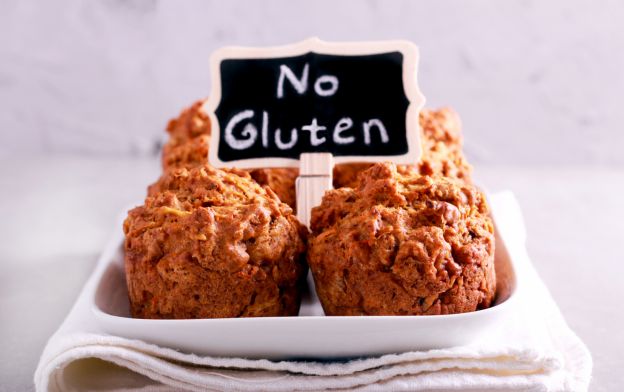© Getty Images
Gluten
Although the gluten-free diet continues to be all the rage, it's important to establish whether you are truly gluten-intolerant or not before you jump on the bandwagon. Celiac disease is a serious autoimmune disease that has the highest level of gluten intolerance, but it occurs in just 1% of the population. Others may have varying degrees of intolerance that don't involve a severe risk to their digestive system.
Common symptoms include:
- constipation
- diarrhea
- bloating
- stomach pain
- fatigue
- nausea
- headaches
- skin reactions
- depression and anxiety (less common)
If you suspect you have gluten intolerance, your best best is to get tested to make sure it's not celiac disease. Then you can try an elimination diet and keep a food diary to observe your reactions to foods with gluten. The good news is that if you are gluten-intolerant, there are more and more gluten-free food options available whether for home cooking or while dining out.
 Delightful Cakes to Bake on Lazy Sunday...
Delightful Cakes to Bake on Lazy Sunday...
 60 Throw-Together Dinners for Busy...
60 Throw-Together Dinners for Busy...
 How to Serve Wow-Worthy Holiday...
How to Serve Wow-Worthy Holiday...











